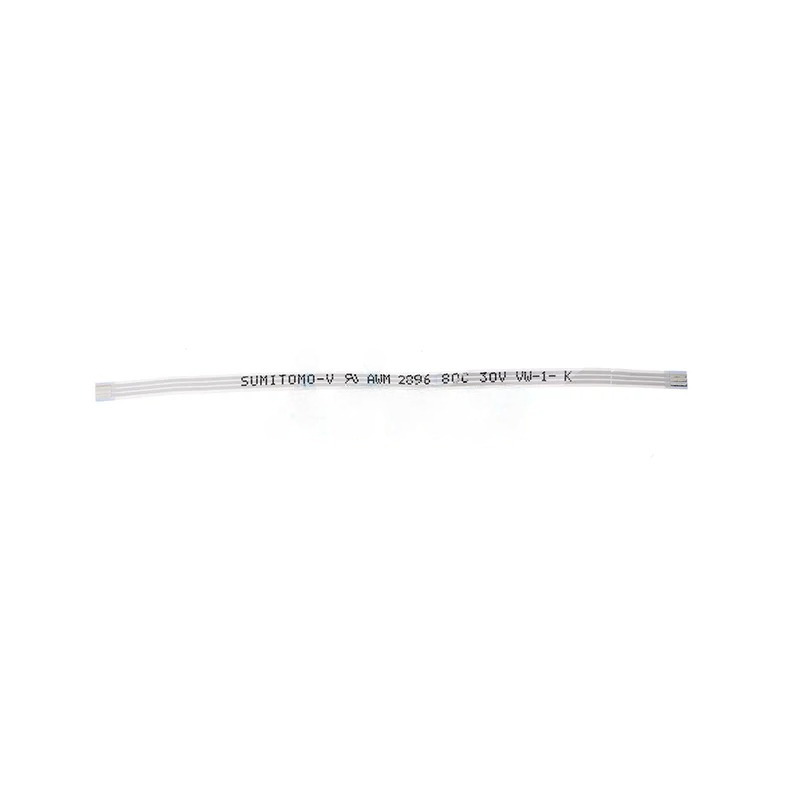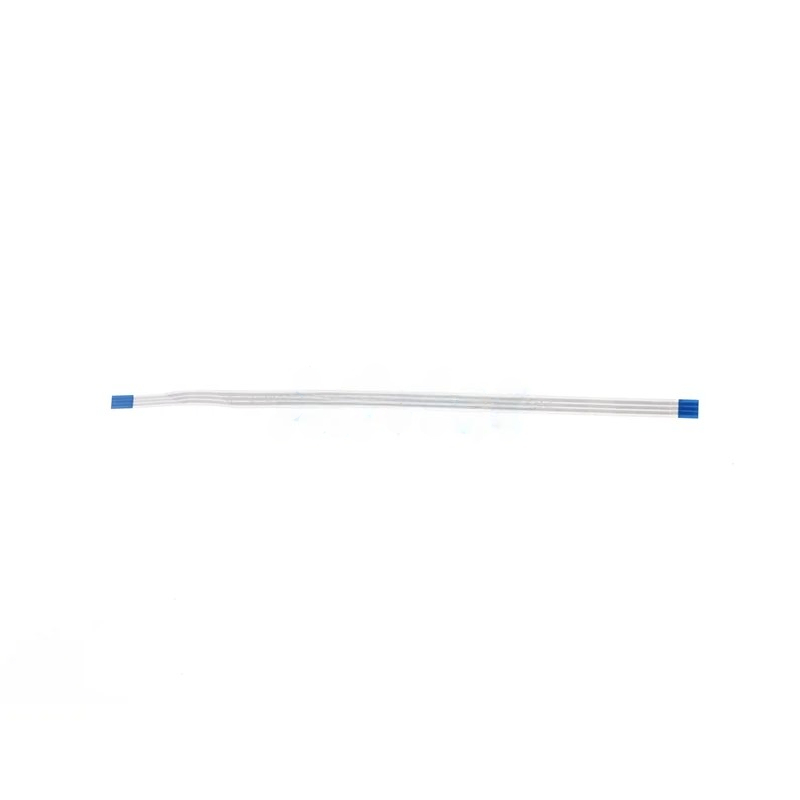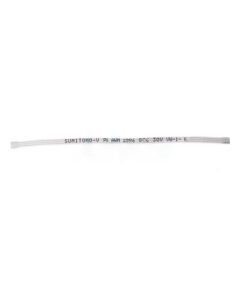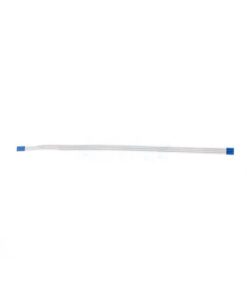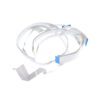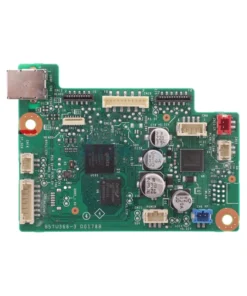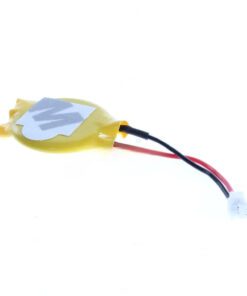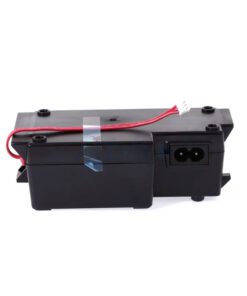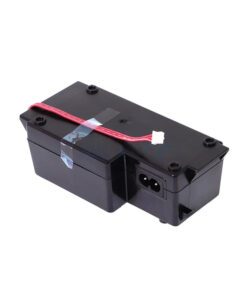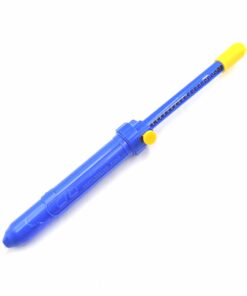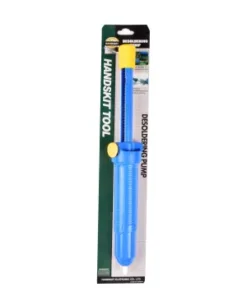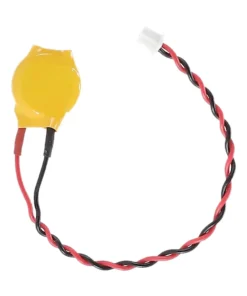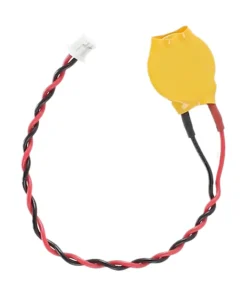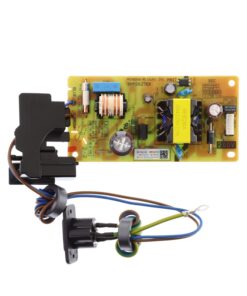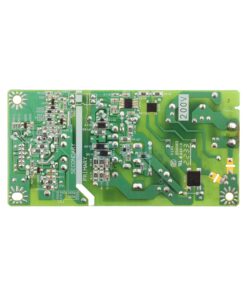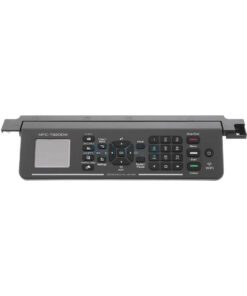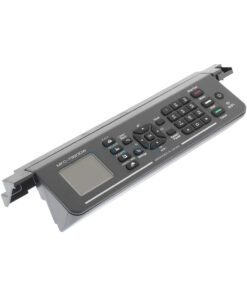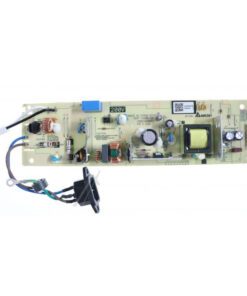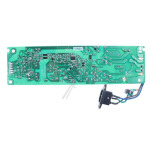Epson L1455(2152741-2198271 ตำแหน่ง745 Cable,Detector,PWL1455)
220 ฿
Epson L1455(2152741-2198271 ตำแหน่ง745 Cable Detector PWL1455)
สายเคเบิลเซ็นเซอร์ PWL1455 (หมายเลขชิ้นส่วน 2152741 และ 2198271) สำหรับเครื่องพิมพ์ Epson L1455 เป็นชิ้นส่วนสำคัญที่เชื่อมต่อระหว่างเซ็นเซอร์ตรวจจับตำแหน่งของหัวพิมพ์ (Carriage Position Sensor) กับเมนบอร์ดของเครื่องพิมพ์ เพื่อให้การทำงานของหัวพิมพ์มีความแม่นยำและสม่ำเสมอ
การใช้งานของสายเคเบิลเซ็นเซอร์ PWL1455
-
หน้าที่หลัก: ส่งสัญญาณจากเซ็นเซอร์ตรวจจับตำแหน่งของหัวพิมพ์ไปยังเมนบอร์ด เพื่อให้เครื่องพิมพ์สามารถระบุตำแหน่งของหัวพิมพ์ได้อย่างถูกต้อง
-
ความสำคัญ: หากสายเคเบิลนี้ขาดหรือเสียหาย อาจทำให้เครื่องพิมพ์ไม่สามารถระบุตำแหน่งของหัวพิมพ์ได้ ส่งผลให้การพิมพ์ไม่แม่นยำหรือไม่สามารถพิมพ์ได้เลย
️ การบำรุงรักษาและการเปลี่ยนสายเคเบิลเซ็นเซอร์
-
การตรวจสอบ: ควรตรวจสอบสายเคเบิลเป็นประจำ หากพบว่ามีรอยขีดข่วนหรือเสียหาย ควรพิจารณาเปลี่ยนใหม่ทันที เพื่อป้องกันปัญหาที่อาจเกิดขึ้น
-
การทำความสะอาด: ควรทำความสะอาดบริเวณที่สายเคเบิลเชื่อมต่ออย่างสม่ำเสมอ โดยใช้ผ้านุ่มที่ไม่เป็นขุยและปราศจากสารเคมีที่รุนแรง เพื่อป้องกันการสะสมของฝุ่นหรือสิ่งสกปรกที่อาจส่งผลต่อการทำงานของสายเคเบิล
-
การติดตั้ง: เมื่อทำการติดตั้งสายเคเบิลใหม่ ควรตรวจสอบให้แน่ใจว่าสายเคเบิลติดตั้งอย่างถูกต้องและแน่นหนา เพื่อให้การส่งสัญญาณเป็นไปอย่างมีประสิทธิภาพ
สนใจสั่งซื้อสินค้า ติดต่อสอบถาม @Shoppingpc
Epson L1455(2152741-2198271 ตำแหน่ง745 Cable Detector PWL1455)
The PWL1455 sensor cable (part numbers 2152741 and 2198271) for the Epson L1455 printer is an important part that connects the carriage position sensor to the printer’s motherboard to ensure accurate and consistent print head operation.
Usage of the PWL1455 sensor cable
Main function: Transmits signals from the print head position sensor to the motherboard so that the printer can correctly identify the print head.
Importance: If this cable is broken or damaged, the printer may not be able to identify the print head, resulting in inaccurate printing or failure to print at all.
️ Maintenance and replacement of the sensor cable
Inspection: The cable should be inspected regularly. If it is scratched or damaged, it should be replaced immediately to prevent possible problems.
Cleaning: The area where the cable is connected should be cleaned regularly using a soft, lint-free cloth free from harsh chemicals to prevent the accumulation of dust or dirt that may affect the operation of the cable.
Installation: When installing a new cable, make sure that the cable is properly installed and secure to ensure efficient signal transmission.
สินค้าที่เกี่ยวข้อง
SPARE PART
SPARE PART
SPARE PART
SPARE PART
SPARE PART

